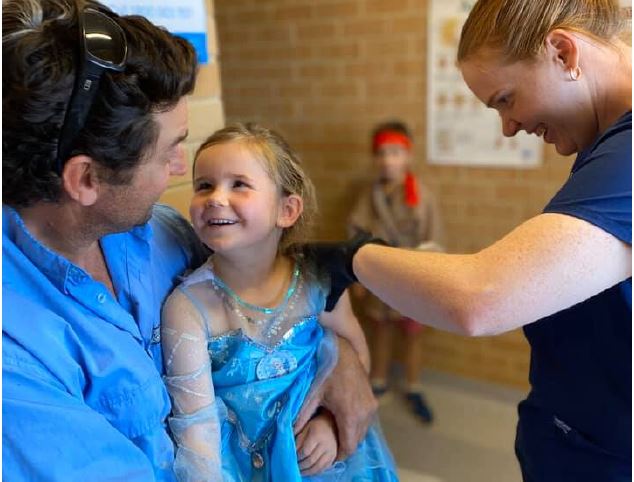Search
Research
National pharmacovigilance of seasonal influenza vaccines in AustraliaCitation: O'Moore M, Jones B, Hickie M, …….. Marsh JA, Wood N. National pharmacovigilance of seasonal influenza vaccines in Australia. Med J Aust.
Research
Wastewater-based epidemiological surveillance of SARS-CoV-2 new variants BA.2.86 and offspring JN.1 in South and Southeast AsiaAnthony Kicic BSc (Hons) PhD Rothwell Family Fellow; Head, Airway Epithelial Research Anthony.Kicic@thekids.org.au Rothwell Family Fellow; Head,
Research
FluMum: A prospective cohort study of mother-infant pairs assessing the effectiveness of maternal influenza vaccination in revention of influenzaEvidence is emerging of benefit to the infant with respect to preventing influenza infection in the first 6 months of life. The FluMum study aims to...
Research
Virus detection and its association with symptoms during influenza-like illness in a sample of healthy adultsOur findings indicate that a greater number of symptoms are displayed by individuals presenting with influenza confirmed ILI compared with other agents that...
Research
Immunization of newborns with bacterial conjugate vaccinesBacterial conjugate vaccines are based on the principle of coupling immunogenic bacterial capsular polysaccharides to a carrier protein to facilitate the...

News & Events
Landmark Australian influenza collaboration finalist for Eureka PrizeInfectious disease researchers who used a decade of scientific evidence to advocate for a nationwide childhood influenza immunisation policy have earned a finalist position at the country’s most prestigious science awards – the Australian Museum Eureka Prizes.

News & Events
The Kids researcher awarded Research Translation Projects grantA new research project aims to demonstrate how influenza vaccination in children could be a highly cost-effective health care intervention in Australia.
Research
Influenza vaccination in Western Australian children: Exploring the health benefits and cost savings of increased vaccine coverage in childrenTo assess potential benefits and direct healthcare cost savings with expansion of an existing childhood influenza immunisation program, we developed a dynamic transmission model for the state of Western Australia, evaluating increasing coverage in children < 5 years and routinely immunising school-aged children.
Research
Risk of adverse maternal and foetal outcomes associated with inactivated influenza vaccination in first trimester of pregnancyIn many countries, influenza vaccination is routinely recommended during any stage of pregnancy, yet uptake remains low, particularly in the first trimester. This is thought to be due to maternal concerns regarding vaccine safety. We evaluated the safety of influenza vaccination in the first trimester of pregnancy.
Research
Influenza disease and vaccination in children in AustraliaOver the past decade, multiple initiatives have been implemented to strengthen influenza vaccination programs in Australia, with an increasing focus on children. In this article, we review these changes, the events that prompted them, and how they have influenced influenza vaccine uptake in Australia.
